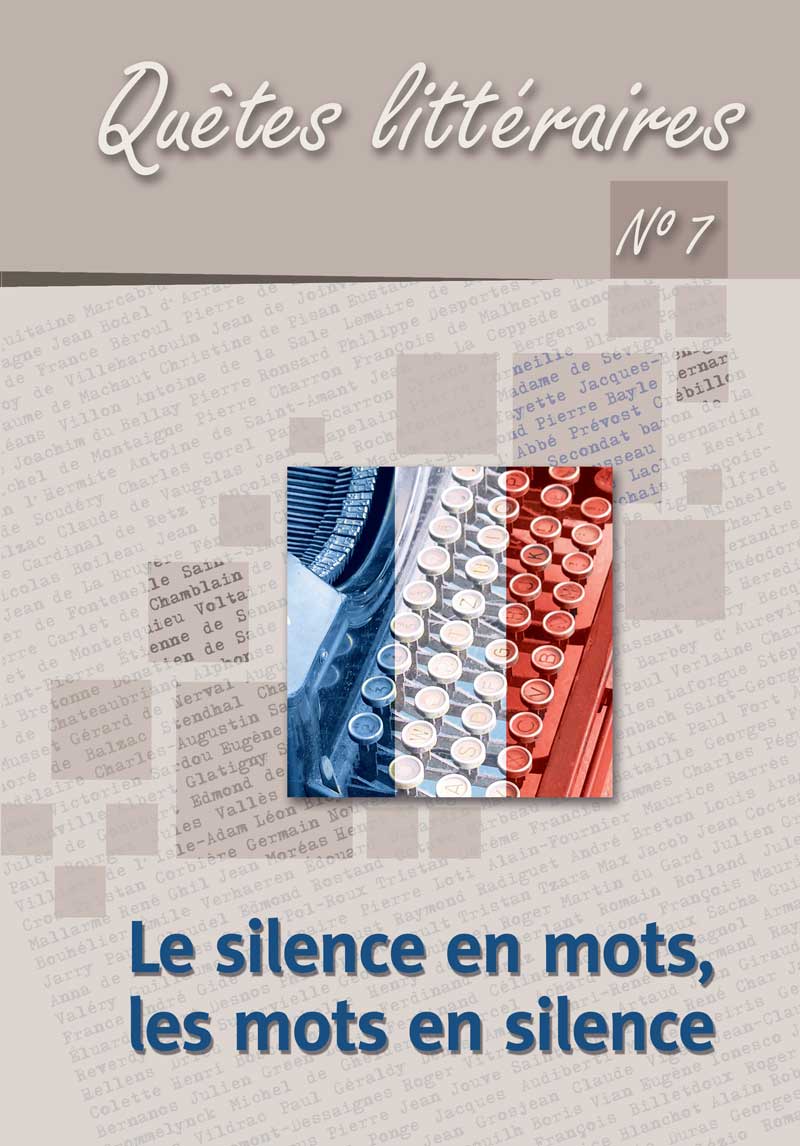Le silence en maux dans l’œuvre théâtrale de Samuel Beckett
Silence aches in Beckett’s theatre
Author(s): Marjorie ColinSubject(s): Language and Literature Studies, Literary Texts, Studies of Literature, French Literature, Theory of Literature
Published by: Katolicki Uniwersytet Lubelski Jana Pawła II, Instytut Filologii Romańskiej & Wydawnictwo Werset
Keywords: silence; aporia; nothingness; gestuality; salvation
Summary/Abstract: The silence in Beckett’s plays can be interpreted in many different ways. It often shows the anxiety of the characters faced with the vacuity in their lives. Left to themselves, they hardly manage to let go during these recurring silences (marked in an obsessional way in Beckett’s texts with the word "pause" as an absolute punctuation in the theatrical language). So they really feel the silence as the "arising of nothingness ", a sort of gateway to finitude. This silence is also the one appearing among Beckettian couples to reveal the aporia in language: inability to communicate, "doing" instead of (impossible) "saying". This Beckettian "doing" is shown in a conspicuous gestuality which conveys a certain materiality to this silence as well as it tries desperately to fill it. Thus Beckett’s characters act and give silence some substance, incarnating therefore a full-fledged character. Finally, silence can also embody the religious, at least the expectation (of the divine? in Godot particularly?). This silence grows solemn and reveals a suspension in the speech and characters in search of a follow-up. Silence then becomes the opening of an area where everything is possible since nothing has been said yet, implicitly expressing fantasies of joy and salvation.
Journal: Quêtes littéraires
- Issue Year: 2017
- Issue No: 7
- Page Range: 142-152
- Page Count: 11
- Language: French

